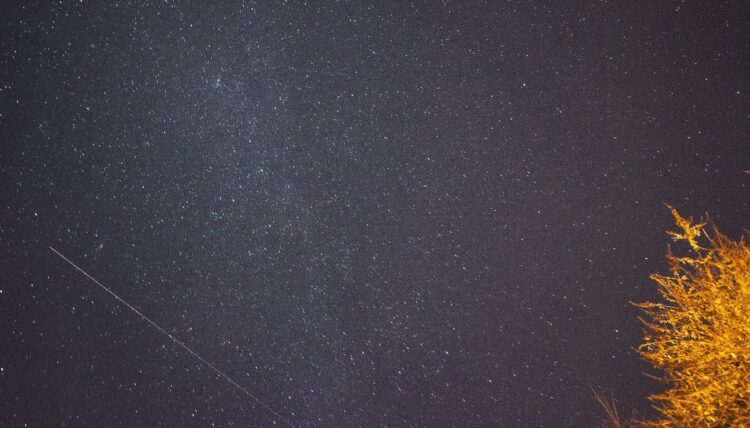
Meteor showers can best be seen with the naked eye.
Oct. 21. The Farmer’s Almanac notes the Orionids are themeteors to gracing our night sky. You don’t need any special equipment. In fact, binoculars do not work well for meteor showers. The naked eye is your best tool.
Here is what’s coming up and some viewing tips, from the Farmer’s Almanac.
Orionids | Oct. 20–21, 2022
The Orionids are named after one of the most recognizable constellations in the sky, Orion, from which these meteors appear to radiate. Often featuring some of brightest and fastest streaking stars, the Orionids appear in mid October and reach their peak in the hours before dawn on October 21. This year, they occur alongside a thin waning crescent Moon, which won’t impact the meteors’ show much.
Leonids | Nov. 16–17, 2022
The Leonids normally feature 10 to 15 shooting stars per hour, but on rare occasions, they have been known to produce “meteor storms,” which result in thousands of meteors streaking across the sky. This year, the Leonids happen around the same time as the last quarter Moon.
Geminids | Dec. 13–14, 2022
December’s full Moon rises on December 7—a week before the Geminids’ peak—which means that the meteors will still be competing with a waning gibbous Moon as they reach their peak. Read more about the Geminid meteor shower here.
Dark, clear skies needed
—The sky needs to be dark, away from all the city lights. Try to get to a viewing site as far as possible from bright lights.
—Bright moonlight, within a few days of a full moon will reduce the number of meteors that you will see. Obviously, the weather needs to cooperate so that the skies are clear.
—Look for a location with a wide-open view of the sky, free from obstructions like tall trees or buildings.
—Spend about 20 minutes outside for your eyes to fully adjust to the darkness of the night sky.



